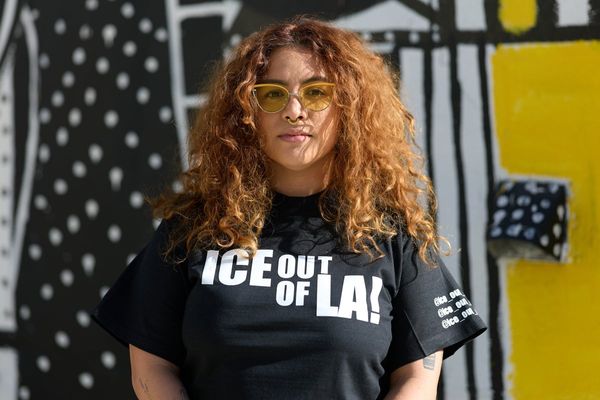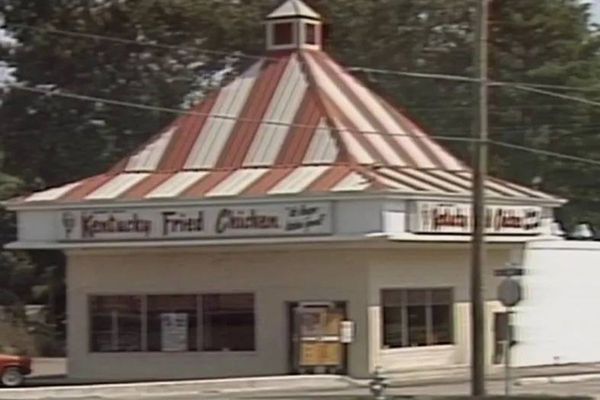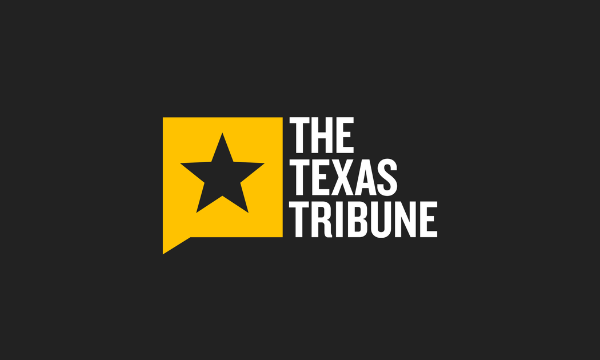
Have you noticed your favorite snacks or household items seem to run out faster than they used to? You’re not alone. Shrinkflation is when brands reduce the size or quantity of a product but keep the price the same. This sneaky tactic lets companies cut costs without raising sticker shock at the checkout. It matters because you end up paying more per ounce, serving, or sheet—often without realizing it. With grocery budgets stretched, knowing which companies practice shrinkflation in every package can help you make smarter choices and protect your wallet.
1. General Mills
General Mills, known for cereals like Cheerios and Lucky Charms, has quietly made boxes smaller over the years. The weight of cereal in each box shrinks, but the price tag doesn’t budge. This is a classic example of shrinkflation. You might not notice right away, but those morning bowls don’t stretch as far as they used to. When you buy their products, check the net weight to see exactly what you’re getting for your money.
2. Procter & Gamble
Procter & Gamble, the giant behind brands like Charmin and Bounty, uses shrinkflation across many household staples. Toilet paper rolls have fewer sheets, and paper towels are shorter, but the packages look almost identical. It’s an easy way to give you less while charging the same. Always read the fine print on package labels and compare unit prices to avoid overpaying for less product.
3. PepsiCo
PepsiCo, which owns Frito-Lay and Quaker, has made snack bags lighter and granola bar packs smaller. That familiar bag of chips now contains more air and fewer chips. This kind of shrinkflation is common in the snack industry. It’s frustrating to reach the bottom of a bag sooner, especially if the price hasn’t changed. Watch out for smaller net weights and consider switching to store brands with better value.
4. Mondelez International
Mondelez International, the maker of Oreos and Ritz Crackers, has a long history with shrinkflation. Cookie packages are often slimmer, and cracker sleeves hold fewer pieces than before. The company keeps package designs similar, so the changes are hard to spot. If you’re a fan of these treats, keep an eye on the ounces or grams listed on each box. It’s a quick way to spot when you’re getting less for your money.
5. Nestlé
Nestlé, with products like Toll House chocolate chips and Nesquik, has quietly reduced package sizes while maintaining prices. For example, chocolate chip bags may weigh less than they did a few years ago. Shrinkflation in baking goods and drink mixes means you need to buy more frequently. Always check the weight and compare it with competitors before you buy. Shrinkflation is especially common in pantry staples you use often.
6. Kimberly-Clark
Kimberly-Clark, which makes brands like Kleenex and Cottonelle, has trimmed the size of tissues and toilet paper rolls. The number of sheets per box or roll has gone down, but packaging remains similar. This subtle form of shrinkflation means you’ll restock more often. To get the best value, compare sheet counts and pay attention to the price per 100 sheets or per ounce. It’s an easy way to cut through the marketing and see what you’re really getting.
7. Mars, Inc.
Mars, Inc., the company behind M&M’s, Snickers, and Pedigree pet food, often shrinks package sizes while keeping prices steady. Candy bars have gotten smaller, and pet food bags weigh less. Shrinkflation is especially noticeable when you compare older and newer packages side by side. For pet owners, this means more trips to the store and higher costs over time. Look for multipacks or larger sizes that may offer better value per ounce.
8. Campbell Soup Company
Campbell Soup Company has reduced the volume in its iconic soup cans and other packaged foods. A can that once held 12 ounces might now contain just 10.5 ounces. This type of shrinkflation can change recipes and serving sizes without warning. If you rely on these products for meal planning, check the net weight before you buy and consider alternatives that haven’t downsized.
9. Unilever
Unilever, which owns brands like Dove and Hellmann’s, has trimmed sizes on everything from soap bars to mayonnaise jars. The jars and bottles often look the same, but hold less product. Shrinkflation here can be subtle, so check the ounces or grams carefully. For pantry staples like mayo or personal care items, comparing the price per ounce is the best way to spot when you’re getting less for your money.
10. Kellogg’s
Kellogg’s cereals and snacks have fallen victim to shrinkflation, too. Boxes of favorites like Frosted Flakes and Pop-Tarts contain fewer servings than in the past. The company maintains packaging that looks familiar, but the contents have shrunk. When shopping, look at the serving size and total weight to ensure you’re getting the best deal. Shrinkflation is a widespread issue in the breakfast aisle, so stay alert.
What You Can Do About Shrinkflation
Shrinkflation affects nearly every grocery shopper today. Brands keep package sizes and prices in flux, making it tough to compare products. By knowing which companies use shrinkflation in every package, you can shop smarter and stretch your budget further. Always check net weights, serving sizes, and unit prices. Don’t be afraid to switch brands or try store alternatives that may give you more for your dollar.
If you want to stay updated on the latest shrinkflation trends, check out resources like Consumer Reports’ shrinkflation guide or use apps that let you compare unit prices while shopping. You can also read about how shrinkflation impacts grocery bills in major news outlets.
Have you noticed shrinkflation in your favorite products? Share your experiences and tips in the comments below!
What to Read Next…
- Grocery Shrinkflation Decoded: You’re Not Buying What You Think
- These 5 Name Brands Are Quietly Shrinking Their Sizes But Charging You More
- 10 Ways Greedflation Is Costing You More When Shopping For Food
- Why Organic Products Are Cheaper Than You Think If You Shop This Way
- Why So Many People Are Meal Prepping With Dollar Tree Groceries This Year
The post 10 Brands That Sneak Shrinkflation Into Every Package appeared first on Grocery Coupon Guide.







